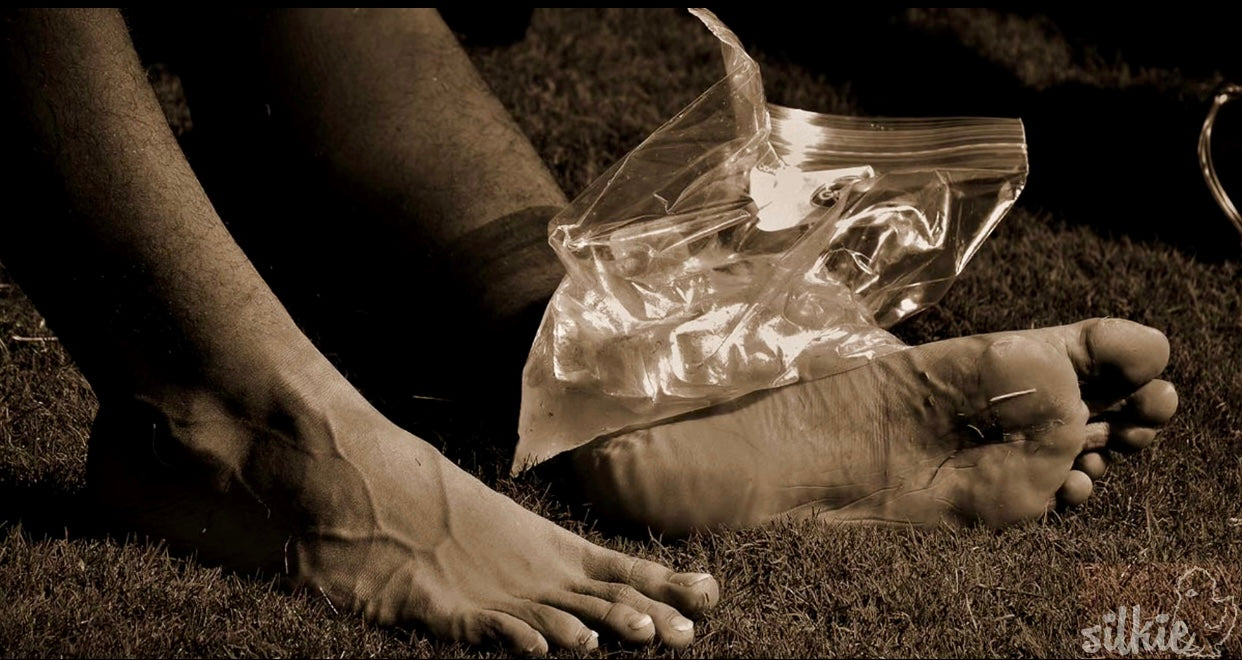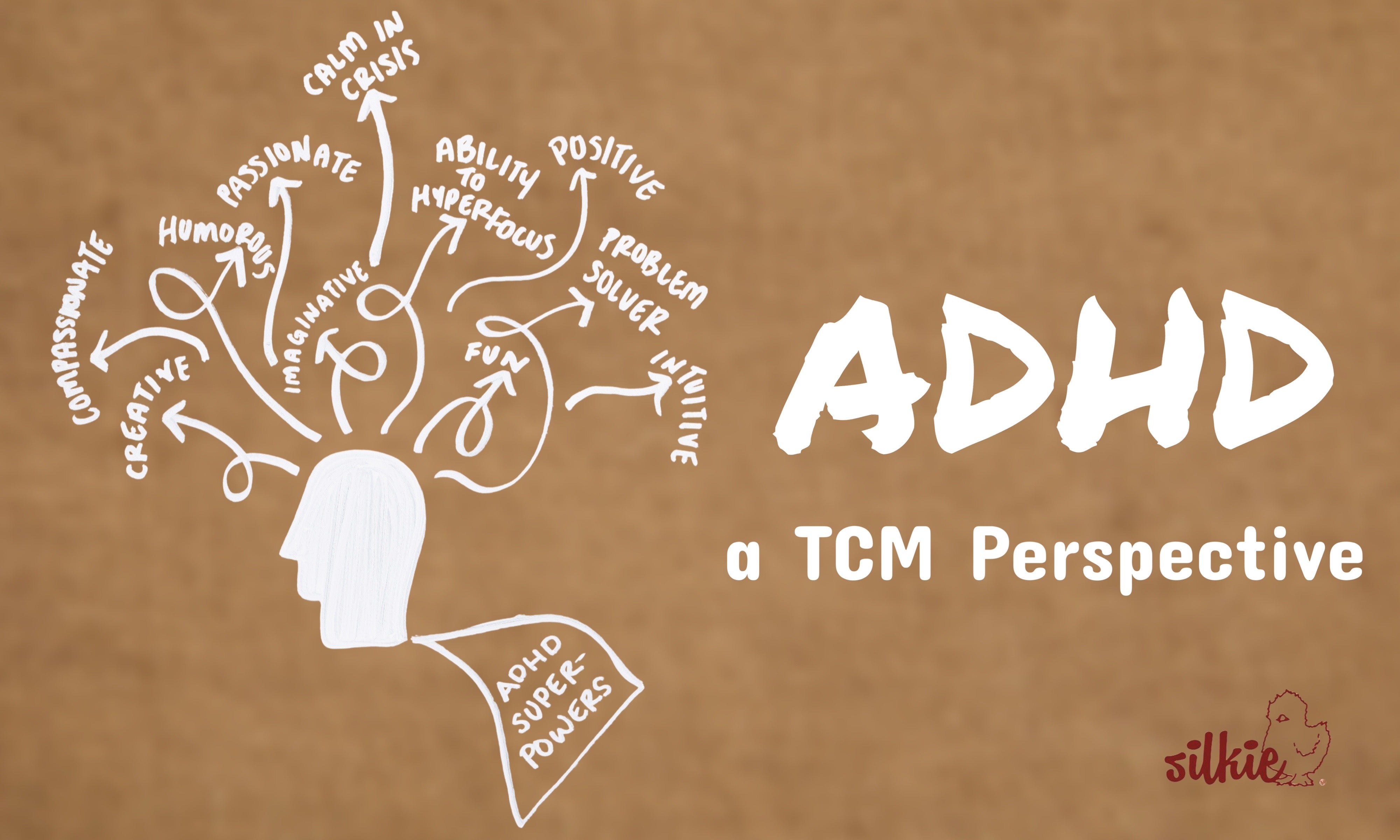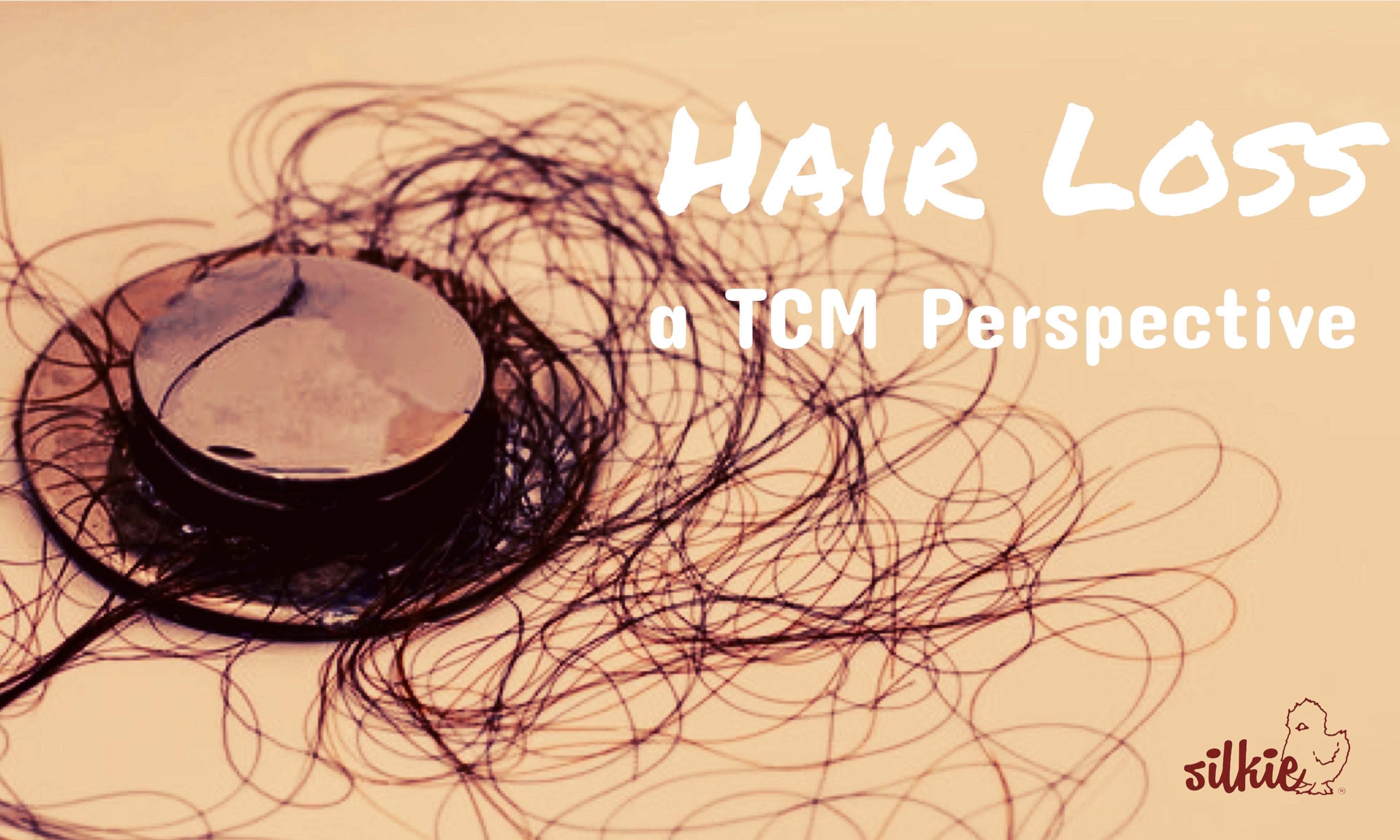Why you should NEVER ice an injury

By Dr. Patricia Jade Nguyen
In my acupuncture practice, I see a lot of patients who have persistent joint and muscle pains. After inquiring about the cause, development, and previous treatment of the pain, the subject of icing inevitably surfaces. All of them have iced their pain at some point. Current conventional wisdom recommends icing to decrease inflammation and pain. The RICE method is Rest, Ice, Compression, and Elevation. Consequently, it’s rare to find a patient who has never iced.
Let’s examine the mechanics of an injury and the costs and benefits of icing. An injury usually arises when an external force has caused structural damage to the body. The force can be extreme such as falling off your bike and fracturing your collar bone. The force can also be gradual from a repetitive motion such as playing too much tennis. All injuries go through the inflammatory process: swelling, redness, heat, pain and loss of function.
The inflammatory process is the body’s natural response to protect and heal itself. Swelling occurs because blood and fluids have accumulated in the area from damaged cells and ruptured blood vessels. Redness and heat occur because of increased blood flow to the injury to clear damaged cells and provide substances like collagen that are needed to initiate healing. Lastly, pain and loss of function is your body’s way of saying, “Something’s wrong. You gotta slow down or stop the activity!”
It’s true, when you ice a fresh injury, the initial inflammation and pain are temporarily reduced. Ice numbs the nerves, so you won’t feel pain, but only TEMPORARILY. The pain comes back once the nerves defrost. Ice also slows down the inflammatory process because it contracts the local blood vessels and tissues, so blood and fluids cannot rush to the area. So what’s so bad about that?
Well, if the inflammatory process is part of the healing process, why not speed it up, instead of slowing it down? Think of it this way: We refrigerate or freeze food to try to preserve it’s current state. So, when we ice an injury, we are preserving the injury. Icing an injury causes the muscle tissues and the blood vessels to contract. Cold causes contraction -when you’re cold, you want to curl up. When muscles and blood vessels contract, normal blood flow is impeded. Additionally, the swelling from accumulated blood and fluids will congeal and harden when subjected to ice, which will further inhibit circulation and slow down the healing process. Lastly, remember that injury you iced so diligently? Is the pain aggravated by cold or damp weather now? Yep, you can thank icing for that arthritic-like pain.
So if I don’t recommend icing, what do I recommend? As an acupuncturist, I’m definitely biased in saying, “Go get acupuncture.” But my practical side understands that getting an acupuncture treatment immediately and frequently isn’t always possible. So why not have an emergency trauma kit of Chinese herbs? There’s both internal herbs that are taken orally and external herbs like powders, plasters, and liniments that can be applied to the injury. Herbs are combined synergistically to invigorate blood while cooling the blood and supplementing the body with substances to heal bones, ligaments, and tendons. Common herbs in formulas for bruises and fractures are gardenia fruit, safflower flower, dandelion, myrrh, frankincense, rhubarb, and angelica root. These herbs are not used singularly, but in combination for a potent, synergistic effect. Essentially the herbs speed up the inflammatory process and restore normal circulation so that a severe stage 4 sprain can heal as quickly as 2 weeks instead of the conventional 8 weeks with icing. As a practitioner, I do my job to educate my patients and then I simply step back: To ice or not to ice, that’s now for you to decide.




